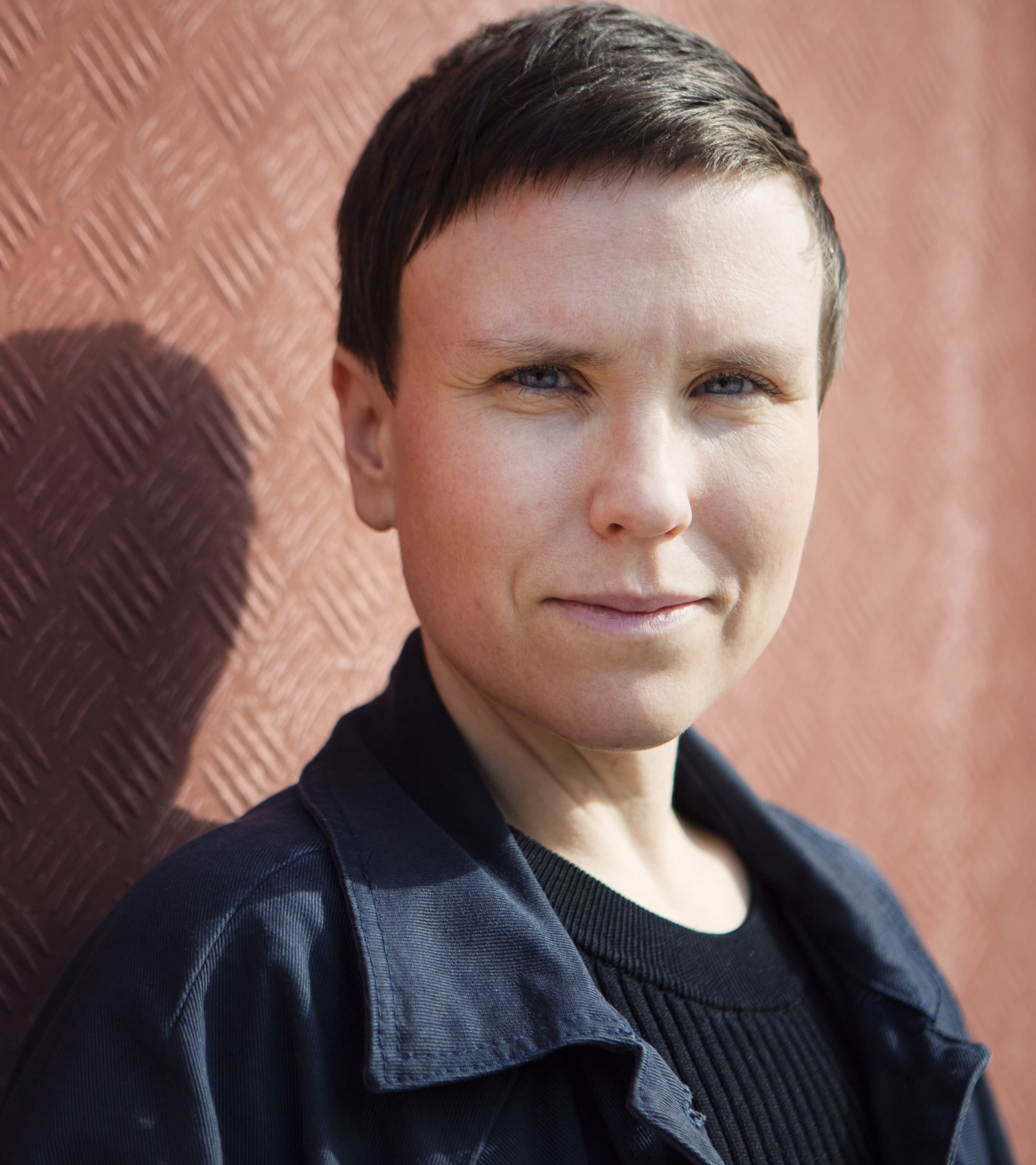New data shows that each day in Queensland around 80 people will hear the words, “you have cancer”. This equates to around 29,000 people each year.
Cancer Council Queensland’s Viertel Cancer Research Centre has released 2016 statistics (the latest available from the Queensland Cancer Register) for incidence, survival, mortality and prevalence, providing the latest snapshot and trends for cancer in Queensland.
Cancer Council Queensland CEO Ms Chris McMillan said the data released from cancer registries was vital for informing and shaping cancer control strategies.
“The top five most common cancers in 2016 were melanoma, prostate cancer, lung cancer, breast cancer and colorectal cancer – with prostate cancer previously holding the top spot in 2015,” Ms McMillan said.
“More than 3960 Queenslanders were diagnosed with melanoma in 2016 and sadly about 320 lost their life to melanoma,” Ms McMillan said.
“Prostate cancer is the most common cancer in Queensland men, with around 3915 men diagnosed, and breast cancer is the most common cancer in Queensland women, with around 3510 diagnoses.”
In 2016, there were 28,823 Queenslanders diagnosed with cancer (excluding common skin cancers such as SCC and BCC). In 2015, there were 27,964 people diagnosed with cancer.
Of every 100 people diagnosed with cancer between 2012 and 2016, 28 are expected to die from their cancer within five years of diagnosis. This has improved over time; during the 1980s about 45 people were expected to die from their cancer within five years after diagnosis.
“While incidence counts generally increase year to year due to population growth and aging, it is promising to see that survival has continued to improve for most cancers,” Ms McMillan said.
“Some incidence rates also increase due to changes in risk factors or changes in diagnostic practices.
“For example, we have seen a recent decrease in prostate cancer incidence rates due to changing guidelines and practices for PSA testing.
“And while smoking rate are decreasing among women now, it may take 30 years or more for that to be reflected in the lung cancer incidence rates. The currently still-increasing lung cancer incidence rates among women reflect the increasing smoking prevalence up to the 1980s.
“This increase is concerning as lung cancer remains the states’ biggest cancer killer, with about 1140 men and 690 women dying from the disease each year.”
The 2016 data also shows there are consistent increasing trends in incidence rates for liver cancer and thyroid cancer, with the increases in liver cancer of particular concern due to the relatively low survival.
“There is still work to be done to reduce the burden of cancer on Queenslanders and we all have a role to play, by reducing our own personal risk of some types of cancer by making healthy lifestyle choices, enabling early detection by getting to know our bodies and participating in recommended screening programs, and by supporting continued investment into cancer research and support services.”
The 2016 data are available online at cancerqld.org.au.
With melanoma now the most common cancer among Queenslanders, those aged 18 and over are encouraged to have their say on the future of skin cancer prevention by completing Cancer Council Queensland’s current Everyday Health Survey.
Queenslanders can complete the online survey at cancerqld.org.au/everydayhealthsurvey before Friday, November 29.






